Peanuts are a favorite snack for many around the world. While most people are familiar with roasted peanuts, raw peanuts offer a different kind of culinary experience. These unprocessed nuts provide a versatile ingredient that can be used in a wide range of dishes, from savory to sweet. In this article, we will explore the benefits of raw peanuts, their culinary potential, and how you can incorporate them into your cooking repertoire. Raw peanuts, also known as green peanuts, are the unroasted and uncooked version of this legume.
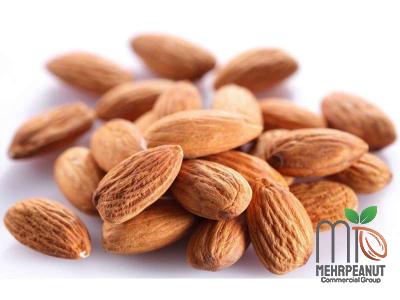
.
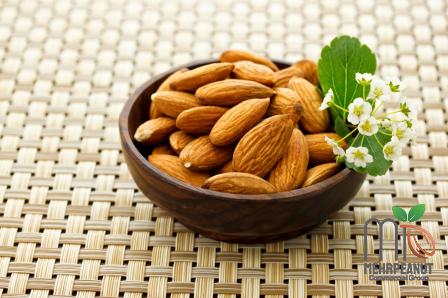 They are a good source of protein, healthy fats, vitamins, and minerals. One of the key advantages of consuming raw peanuts is that they retain more of their nutritional value compared to roasted peanuts. Roasting can deplete certain nutrients, so opting for raw peanuts can be a great way to maximize their health benefits. In addition to being a nutritious snack on their own, raw peanuts can be used in various recipes to add flavor, texture, and nutritional value. One popular way to enjoy raw peanuts is by making homemade peanut butter. Simply blend raw peanuts in a food processor until they reach a smooth and creamy consistency. You can customize your peanut butter by adding honey, sea salt, or cocoa powder for a unique twist. Another delicious way to use raw peanuts is in salads. Toasted or roasted peanuts are commonly used in salads for added crunch, but raw peanuts can offer a different texture and flavor profile. You can either crush the raw peanuts and sprinkle them over your salad as a garnish or incorporate them into a homemade dressing for a nutty and creamy finish. For those with a sweet tooth, raw peanuts can be a key ingredient in homemade granola bars or energy bites. Combine raw peanuts with oats, dried fruits, honey, and nut butter for a nutritious and satisfying snack that can be enjoyed on the go. Raw peanuts can also be used in baking, especially in cookies, brownies, and cakes. They add a rich and nutty flavor that complements the sweetness of the baked goods. In savory dishes, raw peanuts can be used in various ways to add protein and texture. They can be ground into a fine powder and used as a coating for chicken or fish, providing a crunchy crust when fried. Raw peanuts can also be used in stir-fries, curries, and noodle dishes to add depth of flavor and a satisfying crunch. You can even use raw peanuts to make a spicy peanut sauce for dipping or drizzling over your favorite dishes. Aside from their culinary uses, raw peanuts also offer a range of health benefits. They are a good source of plant-based protein, making them an excellent option for vegetarians and vegans. Raw peanuts are also rich in monounsaturated fats, which can help improve heart health by lowering bad cholesterol levels. Additionally, raw peanuts contain vitamins and minerals such as vitamin E, folate, magnesium, and zinc, all of which play vital roles in maintaining overall health and well-being. When purchasing raw peanuts, look for ones that are unshelled and have a firm texture. You can store raw peanuts in an airtight container in a cool, dark place to maintain their freshness.
They are a good source of protein, healthy fats, vitamins, and minerals. One of the key advantages of consuming raw peanuts is that they retain more of their nutritional value compared to roasted peanuts. Roasting can deplete certain nutrients, so opting for raw peanuts can be a great way to maximize their health benefits. In addition to being a nutritious snack on their own, raw peanuts can be used in various recipes to add flavor, texture, and nutritional value. One popular way to enjoy raw peanuts is by making homemade peanut butter. Simply blend raw peanuts in a food processor until they reach a smooth and creamy consistency. You can customize your peanut butter by adding honey, sea salt, or cocoa powder for a unique twist. Another delicious way to use raw peanuts is in salads. Toasted or roasted peanuts are commonly used in salads for added crunch, but raw peanuts can offer a different texture and flavor profile. You can either crush the raw peanuts and sprinkle them over your salad as a garnish or incorporate them into a homemade dressing for a nutty and creamy finish. For those with a sweet tooth, raw peanuts can be a key ingredient in homemade granola bars or energy bites. Combine raw peanuts with oats, dried fruits, honey, and nut butter for a nutritious and satisfying snack that can be enjoyed on the go. Raw peanuts can also be used in baking, especially in cookies, brownies, and cakes. They add a rich and nutty flavor that complements the sweetness of the baked goods. In savory dishes, raw peanuts can be used in various ways to add protein and texture. They can be ground into a fine powder and used as a coating for chicken or fish, providing a crunchy crust when fried. Raw peanuts can also be used in stir-fries, curries, and noodle dishes to add depth of flavor and a satisfying crunch. You can even use raw peanuts to make a spicy peanut sauce for dipping or drizzling over your favorite dishes. Aside from their culinary uses, raw peanuts also offer a range of health benefits. They are a good source of plant-based protein, making them an excellent option for vegetarians and vegans. Raw peanuts are also rich in monounsaturated fats, which can help improve heart health by lowering bad cholesterol levels. Additionally, raw peanuts contain vitamins and minerals such as vitamin E, folate, magnesium, and zinc, all of which play vital roles in maintaining overall health and well-being. When purchasing raw peanuts, look for ones that are unshelled and have a firm texture. You can store raw peanuts in an airtight container in a cool, dark place to maintain their freshness.
..
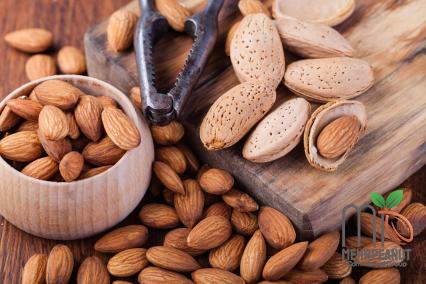 If you buy raw peanuts in bulk, consider storing them in the refrigerator or freezer to prolong their shelf life. In conclusion, raw peanuts are a versatile and nutritious ingredient that can elevate your cooking and baking endeavors. Whether you’re looking to add more plant-based protein to your diet or experiment with new flavors and textures in the kitchen, raw peanuts are a valuable addition to your pantry. So next time you’re at the grocery store, consider picking up a bag of raw peanuts and get creative in the kitchen. Your taste buds and your body will thank you. Not only are raw peanuts a versatile ingredient in the kitchen, but they also have a fascinating history and cultural significance. Peanuts are believed to have originated in South America, particularly in regions that now belong to Bolivia and Peru. They were later introduced to Africa, Europe, and Asia through the Columbian Exchange during the colonial era. Native to the tropics and subtropics, peanuts are grown in a variety of climates around the world today. They are an important crop in many countries, providing a valuable source of plant-based protein and essential nutrients. In some cultures, peanuts hold special symbolic meanings and are used in traditional rituals and ceremonies. In the United States, peanuts have a prominent place in culinary traditions, especially in the southern states where they are a staple ingredient in dishes like boiled peanuts, peanut soup, and peanut brittle. Peanuts are also widely enjoyed in the form of peanut butter, a beloved spread that has become a pantry essential for many households. Raw peanuts are particularly popular during the harvest season when they are freshly picked and available at farmers’ markets and roadside stands. Some people enjoy eating raw peanuts right out of the shell, savoring their natural sweetness and satisfying crunch. In regions where raw peanuts are abundant, they are often incorporated into street food snacks and traditional recipes that have been passed down through generations.
If you buy raw peanuts in bulk, consider storing them in the refrigerator or freezer to prolong their shelf life. In conclusion, raw peanuts are a versatile and nutritious ingredient that can elevate your cooking and baking endeavors. Whether you’re looking to add more plant-based protein to your diet or experiment with new flavors and textures in the kitchen, raw peanuts are a valuable addition to your pantry. So next time you’re at the grocery store, consider picking up a bag of raw peanuts and get creative in the kitchen. Your taste buds and your body will thank you. Not only are raw peanuts a versatile ingredient in the kitchen, but they also have a fascinating history and cultural significance. Peanuts are believed to have originated in South America, particularly in regions that now belong to Bolivia and Peru. They were later introduced to Africa, Europe, and Asia through the Columbian Exchange during the colonial era. Native to the tropics and subtropics, peanuts are grown in a variety of climates around the world today. They are an important crop in many countries, providing a valuable source of plant-based protein and essential nutrients. In some cultures, peanuts hold special symbolic meanings and are used in traditional rituals and ceremonies. In the United States, peanuts have a prominent place in culinary traditions, especially in the southern states where they are a staple ingredient in dishes like boiled peanuts, peanut soup, and peanut brittle. Peanuts are also widely enjoyed in the form of peanut butter, a beloved spread that has become a pantry essential for many households. Raw peanuts are particularly popular during the harvest season when they are freshly picked and available at farmers’ markets and roadside stands. Some people enjoy eating raw peanuts right out of the shell, savoring their natural sweetness and satisfying crunch. In regions where raw peanuts are abundant, they are often incorporated into street food snacks and traditional recipes that have been passed down through generations.
…
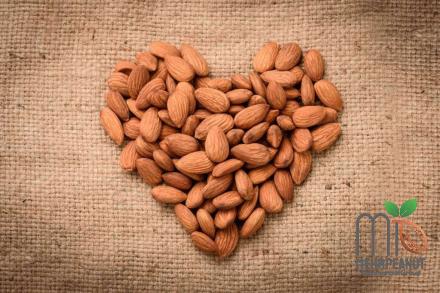 In Asian cuisine, raw peanuts are a common ingredient in savory dishes such as kung pao chicken, pad Thai, and Indonesian gado-gado salad. Peanuts are also used in desserts like peanut mochi, peanut dumplings, and peanut ice cream. In many Asian cultures, peanuts are valued not only for their taste but also for their symbolic meaning of prosperity and good fortune. In Africa, peanuts are a dietary staple in many countries, where they are used in stews, sauces, and porridges. Groundnut stew, a savory dish made with peanuts, tomatoes, and spices, is a popular comfort food in West Africa. Peanuts are also ground into a paste called peanut butter soup, which is enjoyed with rice or fufu, a starchy side dish. In Latin America, peanuts are used in both savory and sweet dishes. Peanuts are a key ingredient in mole, a rich and flavorful sauce from Mexico that typically contains chocolate, chilies, and nuts. Peanuts are also used in desserts like arroz con maní, a sweet rice pudding with peanuts, and marzipan peanut candies. The versatility and cultural significance of raw peanuts make them a valuable and cherished ingredient around the world. Whether you’re exploring new cuisines, seeking healthier snack options, or simply looking to add more flavor and texture to your meals, raw peanuts offer a delicious and nutritious solution. In conclusion, raw peanuts are a culinary gem that can enhance your cooking and baking endeavors with their rich flavor, crunchy texture, and nutritional benefits. From homemade peanut butter to spicy peanut sauces and everything in between, raw peanuts offer a world of creative possibilities in the kitchen. With their cultural diversity and historical roots, raw peanuts are more than just a snack—they are a symbol of tradition, community, and good taste. So the next time you’re in the mood for a culinary adventure, consider incorporating raw peanuts into your recipes and witness the magic they bring to your dishes. Whether you’re a seasoned chef or a home cook looking to try something new, raw peanuts are sure to delight your taste buds and inspire your culinary creativity. Embrace the wonderful world of raw peanuts and savor the delicious journey ahead.
In Asian cuisine, raw peanuts are a common ingredient in savory dishes such as kung pao chicken, pad Thai, and Indonesian gado-gado salad. Peanuts are also used in desserts like peanut mochi, peanut dumplings, and peanut ice cream. In many Asian cultures, peanuts are valued not only for their taste but also for their symbolic meaning of prosperity and good fortune. In Africa, peanuts are a dietary staple in many countries, where they are used in stews, sauces, and porridges. Groundnut stew, a savory dish made with peanuts, tomatoes, and spices, is a popular comfort food in West Africa. Peanuts are also ground into a paste called peanut butter soup, which is enjoyed with rice or fufu, a starchy side dish. In Latin America, peanuts are used in both savory and sweet dishes. Peanuts are a key ingredient in mole, a rich and flavorful sauce from Mexico that typically contains chocolate, chilies, and nuts. Peanuts are also used in desserts like arroz con maní, a sweet rice pudding with peanuts, and marzipan peanut candies. The versatility and cultural significance of raw peanuts make them a valuable and cherished ingredient around the world. Whether you’re exploring new cuisines, seeking healthier snack options, or simply looking to add more flavor and texture to your meals, raw peanuts offer a delicious and nutritious solution. In conclusion, raw peanuts are a culinary gem that can enhance your cooking and baking endeavors with their rich flavor, crunchy texture, and nutritional benefits. From homemade peanut butter to spicy peanut sauces and everything in between, raw peanuts offer a world of creative possibilities in the kitchen. With their cultural diversity and historical roots, raw peanuts are more than just a snack—they are a symbol of tradition, community, and good taste. So the next time you’re in the mood for a culinary adventure, consider incorporating raw peanuts into your recipes and witness the magic they bring to your dishes. Whether you’re a seasoned chef or a home cook looking to try something new, raw peanuts are sure to delight your taste buds and inspire your culinary creativity. Embrace the wonderful world of raw peanuts and savor the delicious journey ahead.
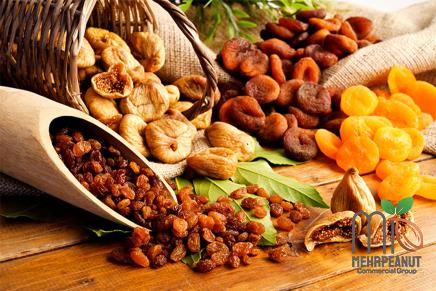
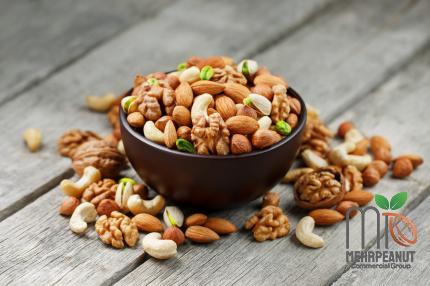
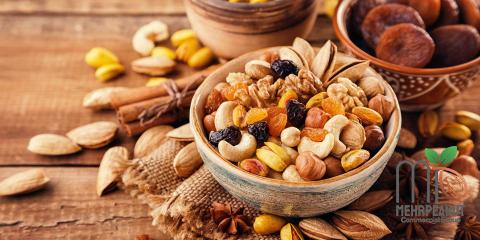
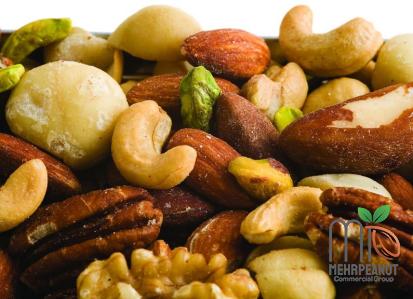
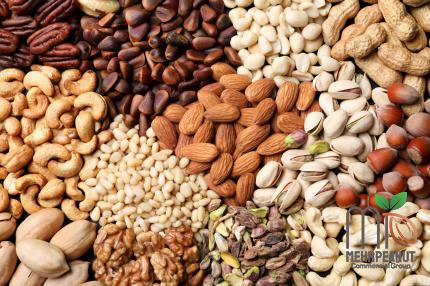
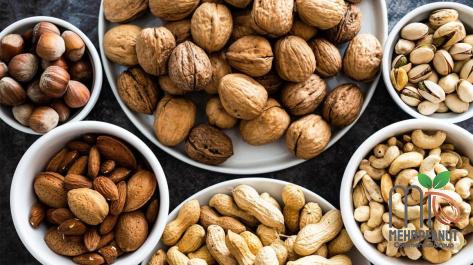
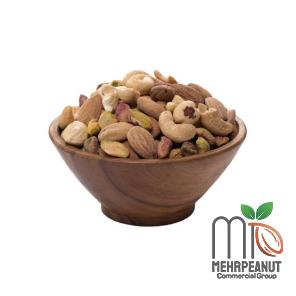
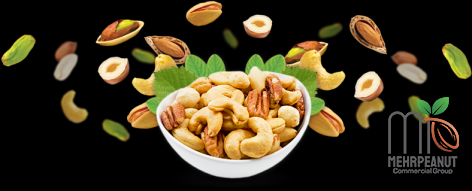
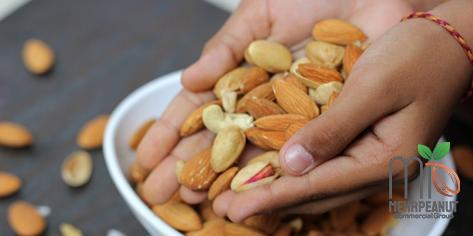
Your comment submitted.